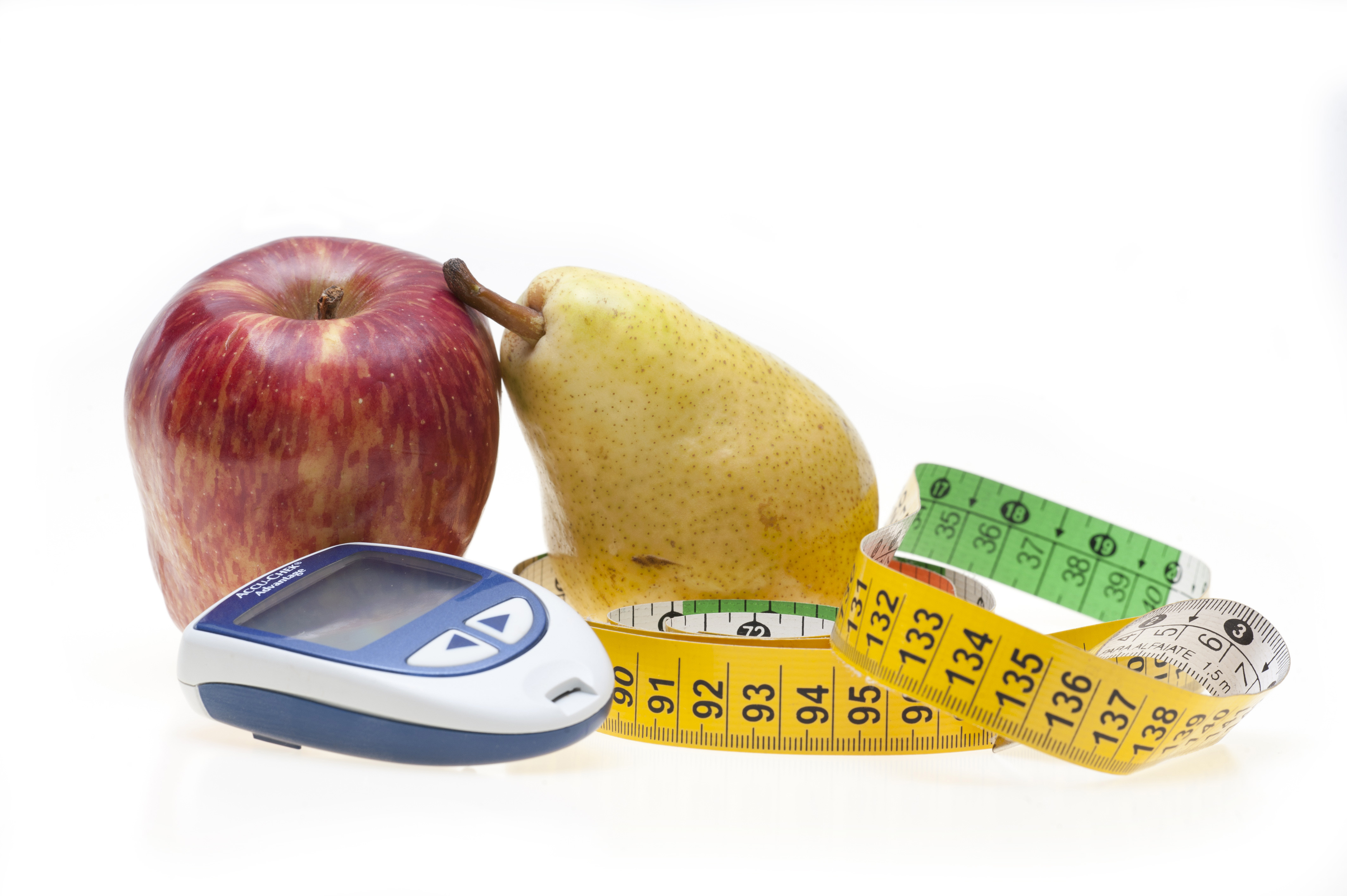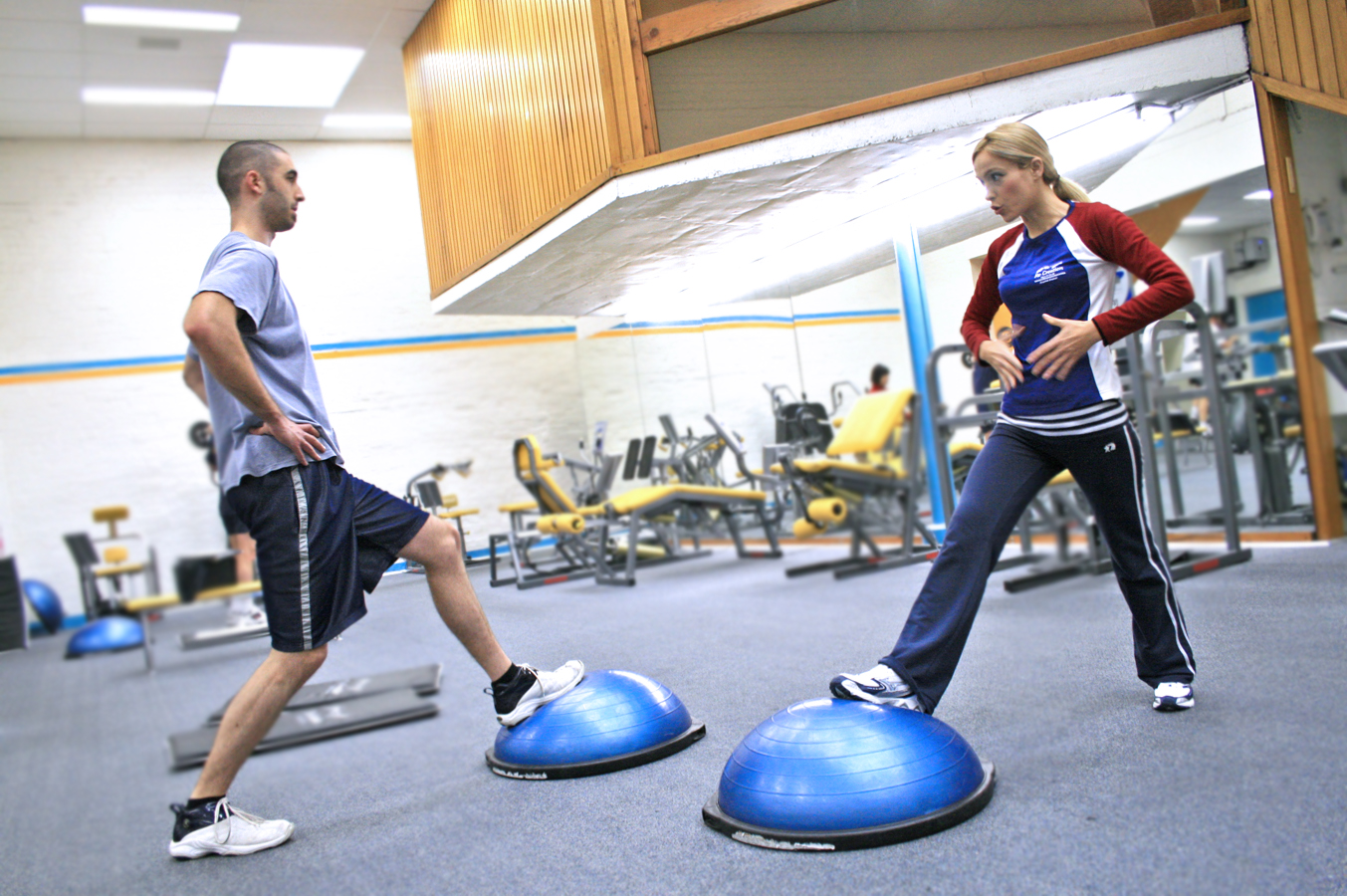The Endocrine System
The endocrine system in a woman is composed of glandular organs: the thyroid, pancreas, adrenals and ovaries. What is the commonality of these glands? They all secrete hormones that impact the entire body. Receptors are found in every body system for these hormones. This is important to remember when we consider the impact of the ovarian hormones, progesterone and the estrogens.
If we were to look at tissue from the brain, bones, heart, skin, nerves, immune system, etc with an electron microscope, we would see receptors for estrogen and progesterone in these tissues. The receptors are there because all these body systems/ tissues need estrogen and progesterone to work properly. This is recognized more readily when these hormones are deficient and symptoms arise throughout the body.
Bioidentical vs Synthetic Hormones
Bioidentical means that biologically the compound is the same as what is found naturally in the body.
Synthetic hormones such as Premarin and Provera are not naturally present or produced in the body. They attach to the receptors for estrogen and progesterone, but they do not function the same. They do not provide the same benefits and they create unwanted effects. There have been many studies done demonstrating the ill effects of the synthetic hormones. They stopped the Women’s Health Initiative in 2002 because they saw too many deleterious effects occurring in the women taking the drugs in this study (Premarin and Provera). That is when it was published all over the news that women shouldn’t take hormone replacement. The pharmaceutical community believes that their drugs are better than what God has made and put in our body. So while acknowledging that there was a problem with their drugs, they said there must be a problem with the natural hormones as well.
However, when we look at women populations and consider which groups of women have hormonally related disorders such as cancer and heart disease, we readily see that it is not the young women in their 20’s with high levels of natural hormones that have these problems, but older women (40’s, 50’s, 60’s etc) who have low levels of hormones who have heart disease and cancer.
Consider also pregnancy, when hormone levels can climb 10 to 100 times higher than baseline. Babies are developing in this sea of hormones, going through rapid cellular growth and it is exceedingly rare to find a baby with cancer at birth. I have never actually heard of one. It is the not the presence of natural hormones that cause disease, but the absence does cause impaired function.
Balance of Estrogens and Progesterone
One of the significant effects of estrogens is cell growth stimulation. We have cells dying in our bodies all the time and estrogens help new cells to begin growing, Estrogens function like cellular fertilizer in starting the growth process, but it doesn’t give clear direction for this growth.
On the other hand, in regards to cell growth, progesterone functions as a cell growth differentiator. In essence, progesterone is a quality control agent for cell development. This, in conjunction with its impact on the immune system, is why natural progesterone protects us from cancer.
As we age, progesterone levels begin to fall in most women in their 30s and 40s. This leaves them in estrogen dominance, without adequate balancing progesterone to protect them from abnormal cell growth. Demographically we see this in that cancers of the breast, ovaries, uterus and colon begin to climb in the 40 to 50 age group.
By correcting progesterone deficiency as soon as symptoms develop or the deficiency is recognized, the risk for these cancers is greatly reduced.
Deficiency Symptoms
Here are some of the more common ovarian hormone deficiency symptoms:
- CNS — depression, anxiety, trouble concentrating, memory problems, insomnia, irritability, tearfulness, migraines, PMS symptoms, hot flashes, night sweats
- Bladder — leakage, weak pelvic floor
- Breast — cysts, cancer
- Gastrointestinal — heartburn, colon polyps, constipation
- Heart — irregular heartbeat, palpitations
- Mucus Membranes — dryness of eyes, mouth, vaginal
- Musculoskeletal — reduced muscle tone, increased trunkal weight, prone to injury, slow to heal
- Skin — acne, hair thinning/dry, loss of eyebrows, poor nail growth, poor wound healing
- Ovarian — cysts
- Uterine — fibroids, endometriosis
- Vaginal — atrophy and dryness, cervical erosion, painful intercourse
Monitoring Hormone Levels and Dosage
Remembering again that the ovaries are a part of the endocrine system, it is logical to treat ovarian decline and failure as we already treat the decline and failure of the rest of the endocrine system. If someone’s thyroid is sluggish or has to be removed, we measure thyroid levels and determine dosing and testing protocols according to each person’s needs. If someone’s pancreas is no longer functioning correctly (i.e. Diabetes), we again check levels – often frequently – and adjust dosing accordingly. Following this same successful pattern insures the best treatment and monitoring for ovarian decline and failure.
Summary
The ovaries are part of the endocrine system. The entire system is slowing down as we age. By the time many people are in their 70s, they are on thyroid replacement and by the time they are in their 80s, many are diabetic. Ovarian failure is obvious by the time we are no longer able to reproduce, but the decline occurs years before this.
Bioidentical hormones can safely and naturally replace ovarian hormones, helping women to slow the aging process and reduce, if not eliminate the many symptoms that hormone deficiency cause.




